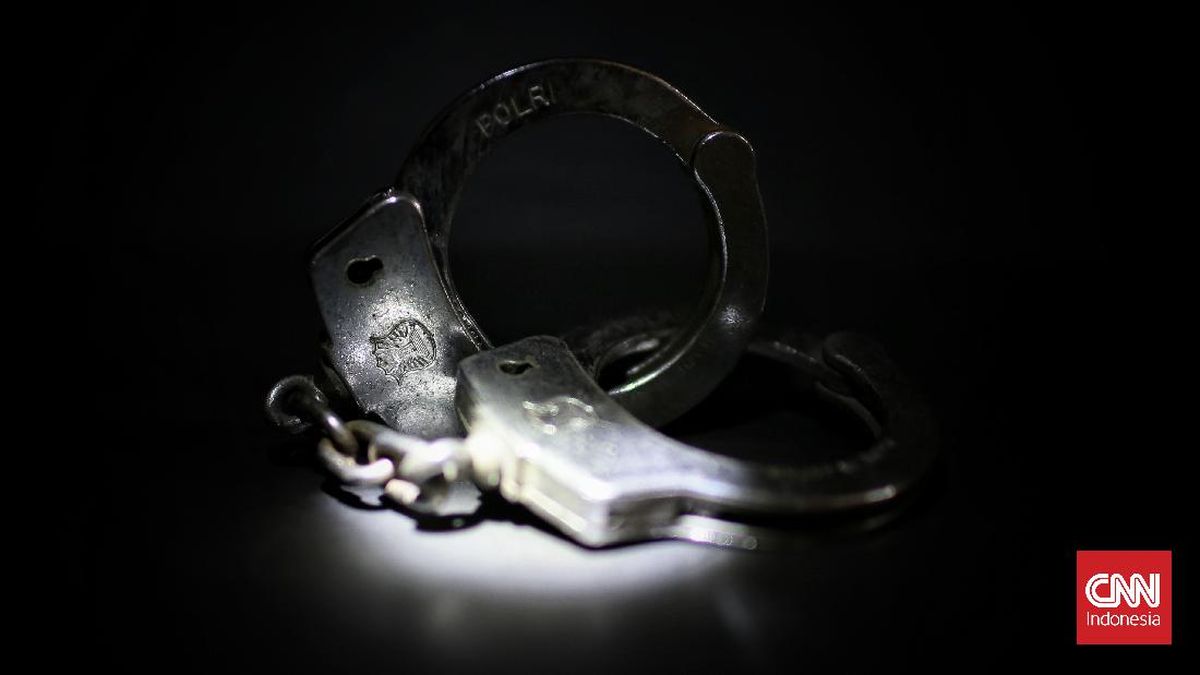 When it comes to having credit card debt forgiven, not all borrowers will qualify.
Boy_Anupong/Getty Images
When it comes to having credit card debt forgiven, not all borrowers will qualify.
Boy_Anupong/Getty Images
As we inch closer to the end of 2025, the numbers tell a sobering story about the credit card debt issues Americans are facing. Case in point? The total amount of credit card debt nationwide surpassed $1.2 trillion in the second quarter of 2025, yet another new record high, while the average cardholder owes nearly $8,000 on their unpaid balances. What's perhaps even more concerning, though, is that delinquency rates have climbed steadily over the past year. For borrowers already stretched thin, that means late fees, mounting interest charges and increasing stress as the bills pile up.
At the same time, the cost of borrowing remains steep. Average credit card APRs are hovering around 22%, one of the highest levels in decades. At that rate (or higher), even a modest balance can quickly snowball into a hefty burden that can't easily be paid off, and when the debt gets too overwhelming, some cardholders may have no choice but to search for other ways to get rid of what's owed. That's where credit card debt forgiveness comes in. This strategy, typically facilitated by a debt relief company, involves negotiating directly with creditors to settle debts for less than the full amount owed.
Unfortunately, though, it's not a fix for everyone. When it comes to having credit card debt forgiven, not all borrowers will qualify, as lenders and debt relief companies look for specific conditions that make a consumer a viable candidate. So what are those conditions, and who could qualify this September?
Find out more about the debt relief options you could qualify for now.
Who qualifies for credit card debt forgiveness this September?
While debt forgiveness may sound appealing, not everyone meets the requirements to pursue this path. If you're wondering whether you might qualify, here are three borrower profiles that tend to meet the criteria:
Those with unsecured debts of at least $7,500
Debt forgiveness generally applies only to unsecured debts, such as credit cards, personal loans or medical bills. Secured debts like mortgages or auto loans are off the table since they're tied to collateral, and most debt relief firms also set a minimum balance threshold before they'll accept a client. Right now, that number is typically $7,500 or more in total unsecured debt, though it could be as high as $10,000 depending on the debt relief company you work with.
The logic is simple for this requirement is simple: Creditors are more likely to negotiate if the amount owed is substantial enough to warrant the process, and debt relief companies need enough debt to make their services effective. If you only have a few thousand dollars in debt, pursuing a settlement probably isn't the best fit. But if you're carrying balances well above that threshold, you're likely to qualify.
Explore the debt relief strategies available to you now.
Those facing serious financial issues
Creditors generally won't agree to settle if they believe you can pay your bills in full. That's why borrowers who are experiencing real financial hardship are prime candidates for debt forgiveness. This could mean a job loss, reduced income, medical emergency or another major life change that has left you unable to keep up with minimum payments.
Debt relief firms often require proof of hardship, such as documentation of unemployment, medical bills or other financial challenges, to demonstrate to creditors that repayment at the full balance is unrealistic. If your situation shows that you genuinely can't pay what you owe, you're more likely to see settlement offers on the table.
Those who are at risk of delinquency or are already behind on payments
Finally, borrowers who are significantly delinquent on their accounts often qualify for debt forgiveness more quickly. Creditors are generally less motivated to negotiate with someone who is still current on payments since they're still collecting interest and fees. But once a borrower has fallen 90 days or more past due, lenders start to worry about getting nothing back on the account, especially if the borrower ends up filing for bankruptcy down the line.
At that point, being paid for a portion of the balance becomes more appealing to them than risking a total loss. So, while being behind on payments will damage your credit score, it also signals to creditors that you're in financial distress, which is a key factor in making the settlement process possible.
The bottom line
Debt forgiveness isn't for everyone, but for the right borrower, this type of debt relief can provide a path out of overwhelming credit card debt. And, this September, those with large amounts of unsecured debt, significant financial hardships and past-due accounts are the most likely to qualify.
If you fall into one of these categories, it's important to carefully weigh the pros and cons of pursuing this type of relief. Credit card debt forgiveness can reduce your balances dramatically, but it will also impact your credit and may involve fees from the debt relief company you work with. Still, for borrowers facing the very real possibility of not being able to pay at all, it can be the difference between drowning in debt and getting a fresh start.
Angelica Leicht is the senior editor for the Managing Your Money section for CBSNews.com, where she writes and edits articles on a range of personal finance topics. Angelica previously held editing roles at The Simple Dollar, Interest, HousingWire and other financial publications.


















































